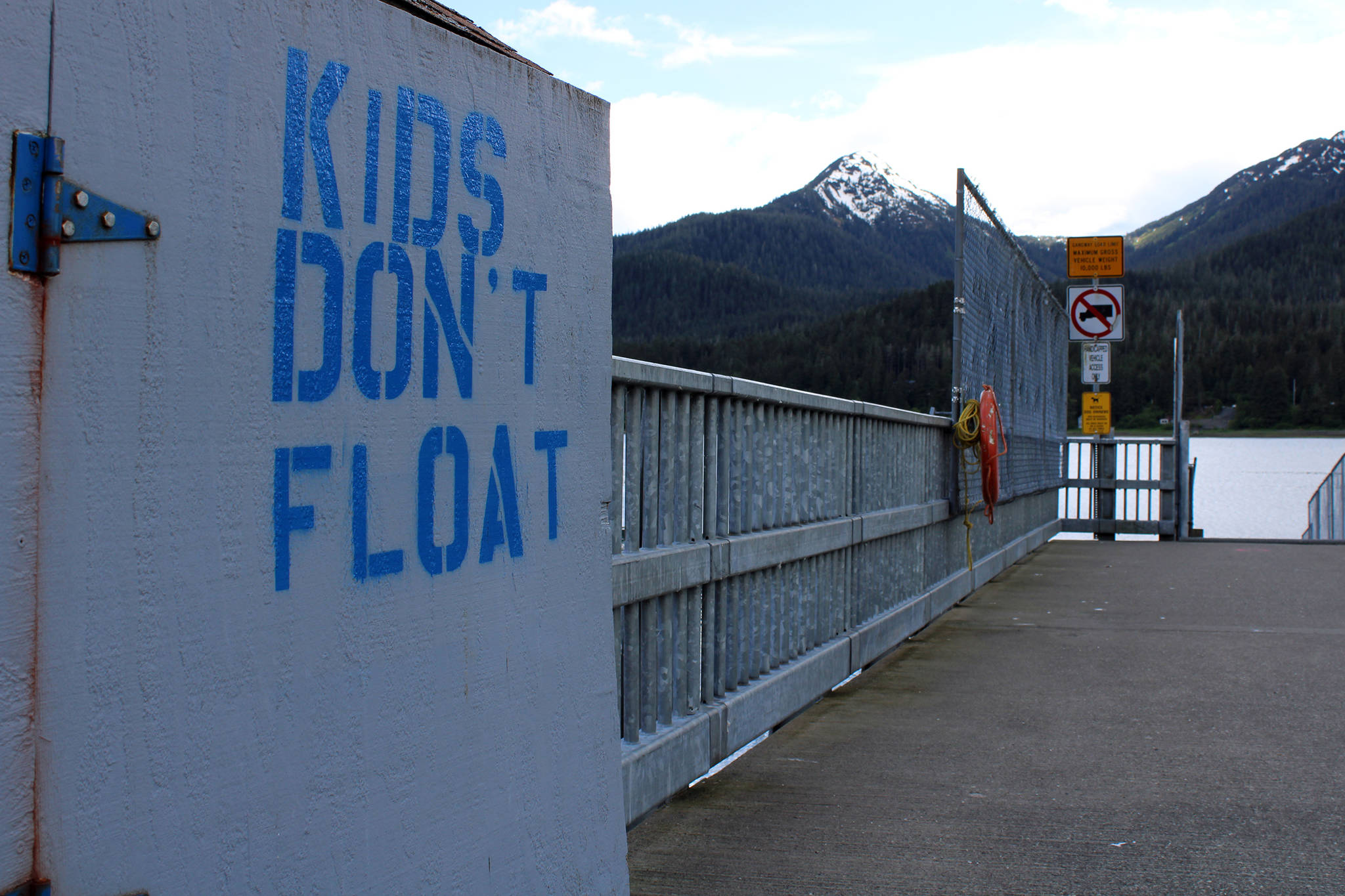While there was a 20-year-high for deaths on the water in boating accidents across the country in 2020, there’s a simple explanation for it, said Coast Guard safety experts.
More boaters on the water means more mishaps, simply put.
“We knew the numbers would change because the number of people out there boating increased“ said Mike Folkerts, boating safety specialist for Coast Guard District 17, in a phone interview. “A lot of people were working from home and were able to get out on the water a whole lot more. They were encouraging people to go out and do that kind of stuff.”
[2 hikers stranded by weather rescued off Mount Roberts]
According to the Coast Guard’s 2020 Boating Safety Statistic Report, 767 Americans died in boating accidents in 2020, up from 613 in 2019, the highest in 20 years. In Alaska, that trend also existed; with 24 deaths, it was the highest in half a decade. The largest portion of casualties by far involved operators without any formal boating education. Accidents in this report refers to anything from falling overboard to colliding with another vessel to sinking.
“It’s a little bit challenging. Alaska is one of the last half dozen states that have no mandatory boating safety classes,” Folkerts said. “For the most part, people just go out and learn on their own [or from family members]. They don’t always learn the best ways to stay safe on the water.”
Nationwide, injuries and accidents hit 10- and 17-year highs respectively, a large portion of which involved alcohol use. In Alaska, deaths and accidents involving alcohol went up sharply from 2019 to 2020, going from just one of each to five accidents causing six deaths.
“There’s a component of boaters that combine drinking and being on the water. That’s the component of boaters we want off the water,” Folkerts said. “.08 is considered impaired. But they still have to pass field sobriety tests. We stepped up a little bit of enforcement to make sure people were being safe on the water but it was pretty normal.”
Hazardous conditions and inattention at the helm were also substantial causes for misadventure.
The largest single group of deaths occurred in boaters older than 55 and in boaters who were alone in the vessel, according to the data.
The most accidents occurred in July, and the largest number of accidents occurred between 4:30 p.m. and 6:30 p.m., and on Saturdays. Open motorboats accounted for nearly half of all deaths, at 49%. Canoes and kayaks accounted for another 20%.
Alaska was one of 13 states that had more than 10 deaths per 100,000 registered vessels, according to the data.
Drowning was the largest cause of death, with 534 deaths, or about 75% of all deaths, though many of those had additional factors. Of those who drowned, 86% were not wearing life jackets.
Boating safety courses, life jackets, good planning for weather and sobriety all contribute to a safe and enjoyable boating experience for all, Folkerts said.
• Contact reporter Michael S. Lockett at (757) 621-1197 or mlockett@juneauempire.com.

